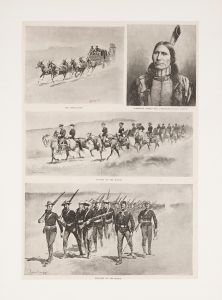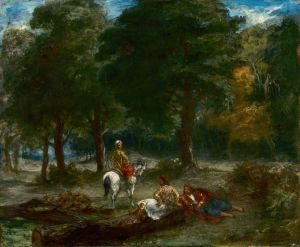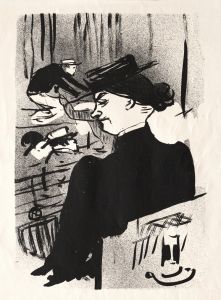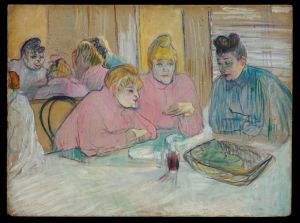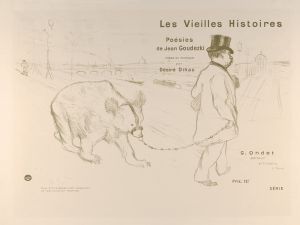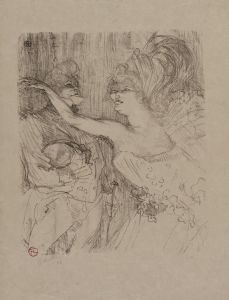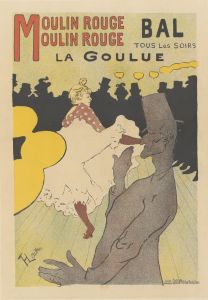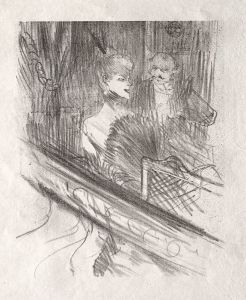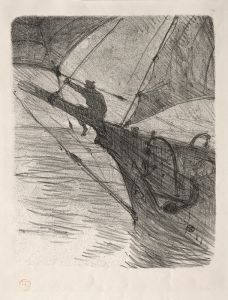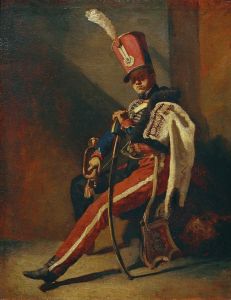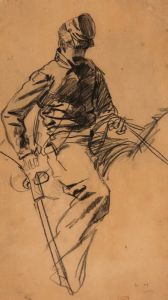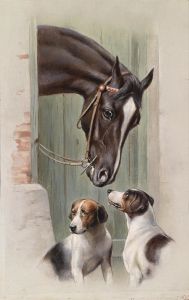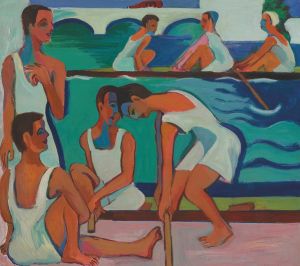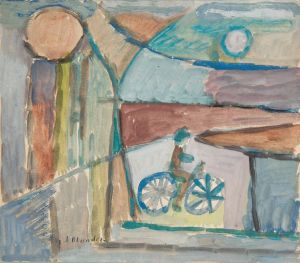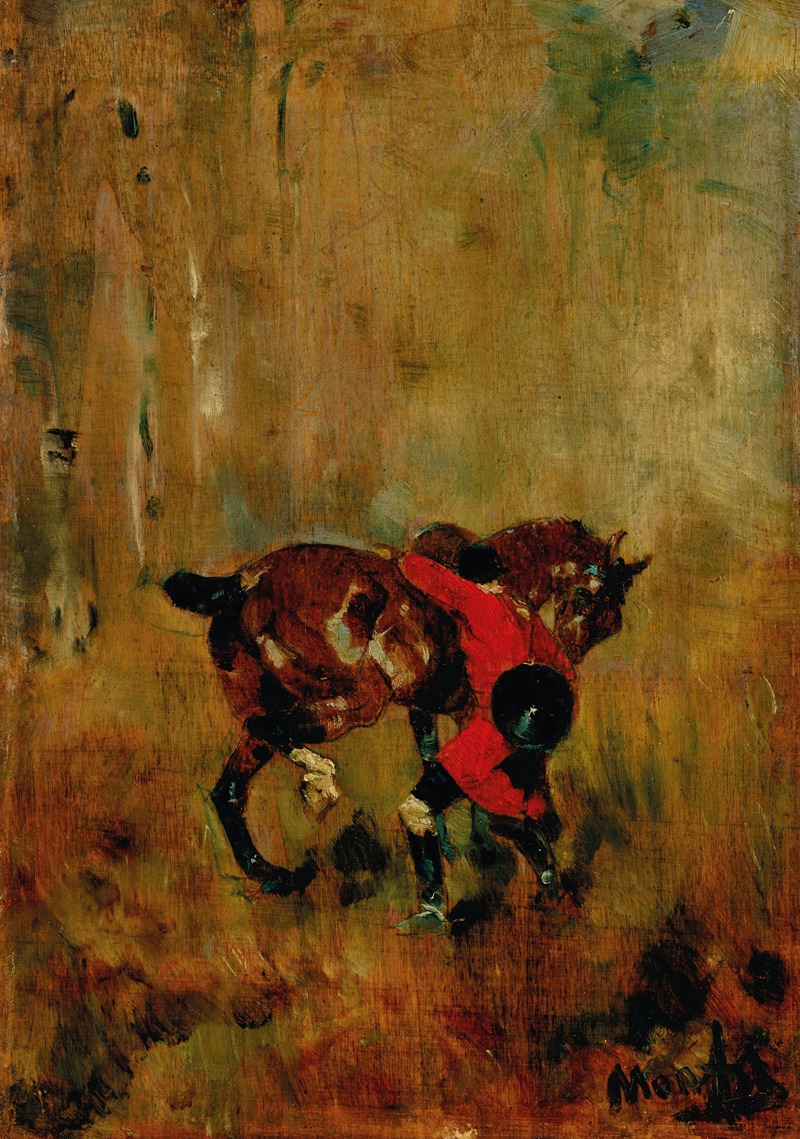
Cavalier de chasse à courre ressanglant son cheval
A hand-painted replica of Henri de Toulouse-Lautrec’s masterpiece Cavalier de chasse à courre ressanglant son cheval, meticulously crafted by professional artists to capture the true essence of the original. Each piece is created with museum-quality canvas and rare mineral pigments, carefully painted by experienced artists with delicate brushstrokes and rich, layered colors to perfectly recreate the texture of the original artwork. Unlike machine-printed reproductions, this hand-painted version brings the painting to life, infused with the artist’s emotions and skill in every stroke. Whether for personal collection or home decoration, it instantly elevates the artistic atmosphere of any space.
Henri de Toulouse-Lautrec, a prominent French painter, printmaker, and illustrator, is renowned for his depictions of Parisian nightlife in the late 19th century. His work often captures the vibrant and sometimes decadent atmosphere of the Montmartre district, where he spent much of his life. Among his extensive body of work, the painting titled "Cavalier de chasse à courre ressanglant son cheval" stands out as a unique piece, although detailed information about this specific painting is limited.
Toulouse-Lautrec was born on November 24, 1864, in Albi, France, into an aristocratic family. Despite his noble lineage, he is best known for his association with the bohemian lifestyle of Paris. His physical disabilities, resulting from a genetic disorder and subsequent injuries, influenced his perspective and artistic style. He studied under prominent artists such as Léon Bonnat and Fernand Cormon, which helped him develop his distinctive approach to painting and illustration.
The title "Cavalier de chasse à courre ressanglant son cheval" translates to "Hunter Re-blooding His Horse," suggesting a scene related to traditional hunting practices. In the context of hunting, "re-blooding" refers to the ritual of smearing the blood of the hunted animal onto the horse or hunter, a practice that was part of the ceremonial aspects of the hunt. This theme aligns with Toulouse-Lautrec's occasional exploration of equestrian subjects, although he is more widely recognized for his portrayals of human figures and urban scenes.
Toulouse-Lautrec's style is characterized by its bold use of color, expressive lines, and keen observation of human behavior. His works often feature a sense of immediacy and movement, capturing fleeting moments with a dynamic and sometimes satirical edge. While he is best known for his posters and paintings of cabaret performers, dancers, and prostitutes, his interest in equestrian subjects reflects his aristocratic background and personal experiences with horses.
The painting "Cavalier de chasse à courre ressanglant son cheval" likely embodies Toulouse-Lautrec's ability to convey emotion and narrative through minimalistic yet powerful compositions. His technique often involved the use of oil paints, pastels, and lithography, allowing him to experiment with texture and color to achieve his desired effects. Although specific details about this painting's creation, provenance, and current location are scarce, it can be inferred that it shares the same artistic qualities that define Toulouse-Lautrec's oeuvre.
Toulouse-Lautrec's contribution to art extends beyond his individual works; he played a significant role in the development of modern art, influencing movements such as Fauvism and Expressionism. His ability to capture the essence of his subjects with empathy and insight has left a lasting impact on the art world. Despite his relatively short life—he died at the age of 36 in 1901—his legacy endures through his innovative approach to capturing the human experience.
In summary, while specific information about "Cavalier de chasse à courre ressanglant son cheval" is limited, it is a testament to Henri de Toulouse-Lautrec's diverse interests and artistic talents. His work continues to be celebrated for its unique perspective and enduring influence on the trajectory of modern art.





